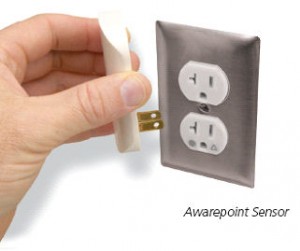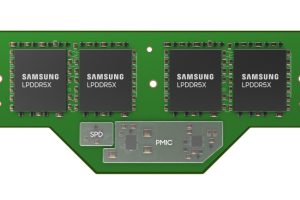
I was really quite shocked last week when listening to a news report about ‘never events’. These are serious surgical blunders which are preventable and should never have happened. Examples of such ‘never events’ include operating on the wrong body part and leaving instruments in a patient after surgery, the latter of which may only come to light many months later. Although such events are rare, unfortunately they do occur.
GB patent no. 2483006 was granted on 8 May 2013 and addresses the issue of tracking assets, particularly in hospitals. The patent recognises that tracking any object is important so that it can be found when required. For example, in a hospital environment where shift work means that a number of teams work throughout the day, it can be common for equipment to ‘wander’ around the hospital and end one shift in a different place to where it was at the start of that shift. This can cause an unnecessary delay when the equipment is needed, which leads to inefficient working and can also be potentially life threatening. The invention therefore aims to maximise the efficient use of valuable resources.
This patent is designed to not only track objects, but is also used to ensure that necessary sterilisation procedures have been followed. For example, surgical implements must be sterilised before use in an autoclave, which exposes the equipment to high temperature and pressure, to kill viruses and bacteria on the equipment.
The invention works by deploying radio frequency transceivers on the assets to be tracked. This is in addition to a set of network sensors positioned throughout a building, to receive location signals which are transmitted by the transceivers. The transceivers form part of a tag, which also includes a motion sensor, processor, a power source and a ‘means for detecting a sterilisation event’.
When the motion sensor detects that the tag and paired asset are being moved, the transceiver transmits a signal to the nearest sensor every five seconds. When the tag is stationary it will only transmit its position once every ten minutes, to prolong the battery life of the tag.
The ‘means for detecting a sterilisation event’ may include a pressure, temperature or moisture sensor which is used to identify when the asset is being sterilised in an autoclave and when the sterilisation process is complete. This data is transmitted to a server which keeps track of the status of the equipment, helping to ensure that surgical kits are only used once they have been sterilised.
The battery may include a power source, such as a motion energy generator to keep the battery charged as it is moved around, although the patent itself provides few details of how this is to be implemented.
All in all, a neat invention which perhaps will allow us to say ‘never again’ to ‘never events’!
Michael Jaeger is a patent attorney at leading UK patent and trade mark attorneys, Withers & Rogers LLP.
Image right: Awarepoint Sensor – “Awarepoint’s unique RTLS uses patented Sensors, based on underlying ZigBee technology, that are simply plugged in to standard electrical outlets and instantly form the wireless Awarenet mesh network.”
Previous Electronics Patent of the Months:
Electronics patent of the month: Improving battery modules for hybrid vehicles
Electronics patent of the month: Anti retail-theft RFID antenna and reader
Electronics patent of the month: Calculating total of mobile terminals in a cell
Electronics patent of the month: Counterbalance capacitive effect of wind turbines
Electronics patent of the month: Identify rendering delays for displays
Electronics patent of the month: Variable printing area for face recognition
Electronics patent of the month: Method for determining RFID tag tampering
Electronics patent of the month: Aiding pilot choice of flight path modes
Electronics patent of the month: Multiple radio transceivers sharing an antenna
Electronics patent of the month: Mouse and modem in one
Electronics patent of the month: Motion triggered power saving
Electronics patent of the month: Sensors to avoid driver blindness
 Electronics Weekly Electronics Design & Components Tech News
Electronics Weekly Electronics Design & Components Tech News


